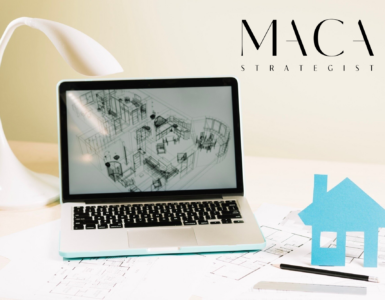In today’s fast-paced business world, organizations continually seek ways to enhance efficiency and streamline operations. One key area where efficiency gains can be made is Human Resources (HR) management through automation. HR automation saves time and allows HR professionals to focus on strategic tasks that drive organizational growth. This article will explore six strategies to improve HR automation and maximize its benefits.
- Identify and Prioritize HR Processes for Automation
The journey to effective HR automation begins by identifying which HR processes are prime candidates for automation. These processes typically involve repetitive, time-consuming tasks that can be streamlined through automation. Common examples include:
- Employee onboarding and offboarding
- Leave and attendance management
- Performance evaluations
- Benefits administration
- Payroll processing
- Reporting and analytics Start by conducting an in-depth analysis of your HR workflows to pinpoint areas where automation can make the most significant impact. Prioritize those processes that save time and improve accuracy and compliance.
- Choose the Right HR Automation Tools and Software
The market offers various HR automation tools and software for organizational needs and sizes. Selecting the right tools that align with your organization’s goals and budget is crucial to making the most of your HR automation efforts.Consider the following factors when choosing HR automation tools:
- Ease of use: User-friendly interfaces ensure smooth adoption across your HR team.
- Scalability: Ensure the tool can grow with your organization.
- Integration capabilities: Look for tools seamlessly integrating with your existing HR systems, such as payroll or applicant tracking systems (ATS).
- Vendor reputation: Research the vendors’ track records and customer reviews to gauge reliability.
- Integrate HR Automation with Existing Systems
Efficient HR automation should not exist in isolation. Ensuring that your chosen HR automation tools integrate seamlessly with your existing HR systems is essential. Integration simplifies data flow between systems, reducing the need for manual data entry and minimizing errors.For example, a well-integrated HR automation system can automatically update employee records in your payroll system when changes are made, eliminating the need for duplicate data entry and reducing the risk of errors.
- Create Clear and Documented Processes for Automated Tasks
Transparency is critical to successful HR automation. Document the processes that will be automated, outlining the following details:
- Steps involved in the automated process
- Roles and responsibilities of each team member involved
- Decision points or criteria that trigger specific actions Having well-documented processes ensures that everyone understands their roles and responsibilities, leading to consistent and error-free execution of automated tasks.
- Train and Support HR Staff on the New Automated Processes
Transitioning to HR automation often involves changes in workflows and the introducing of new tools. To ensure a smooth transition and maximize the benefits of automation, provide comprehensive training to your HR staff.Training should cover:
- The functionality and features of the automation tools
- New workflows and processes
- Troubleshooting steps to address any issues that may arise Investing in adequate training helps your HR team adapt to the changes and empowers them to make the most of the automation tools.
- Continuously Monitor and Evaluate the Effectiveness of HR Automation
HR automation is not a one-time implementation; it’s an ongoing process that should evolve to meet changing needs. Regularly monitor the performance of your HR automation tools and procedures to ensure they remain effective.Critical steps in monitoring and evaluation include:
- Collecting and analyzing data related to HR processes and automation performance
- Identifying areas for improvement and optimization
- Making necessary adjustments to enhance automation effectiveness Regularly reviewing your HR automation efforts can identify opportunities for refinement and ensure that your HR processes align with your organization’s goals.
Additional considerations
Implementing and maintaining HR automation can be a complex endeavor. To ensure a smooth transition and ongoing success, consider leveraging the expertise of Automated HR Solutions providers. These experts can guide you in selecting the right tools, integrating them with existing systems, and optimizing automated processes for maximum efficiency.
Automated HR Solutions providers can also stay updated on the latest trends and technologies in HR automation, ensuring that your organization remains at the forefront of HR management.
Conclusion
In conclusion, HR automation is a valuable tool for organizations looking to improve efficiency and make HR professionals accessible to focus on strategic tasks. To make the most of HR automation, identify and prioritize processes for automation, choose the right tools, ensure seamless integration, document processes, provide training, continuously evaluate and refine your automation efforts, and consider seeking expert guidance from Automated HR Solutions providers.
By implementing these strategies and leveraging professional expertise, your organization can unlock the full potential of HR automation and stay competitive in today’s dynamic business environment.





